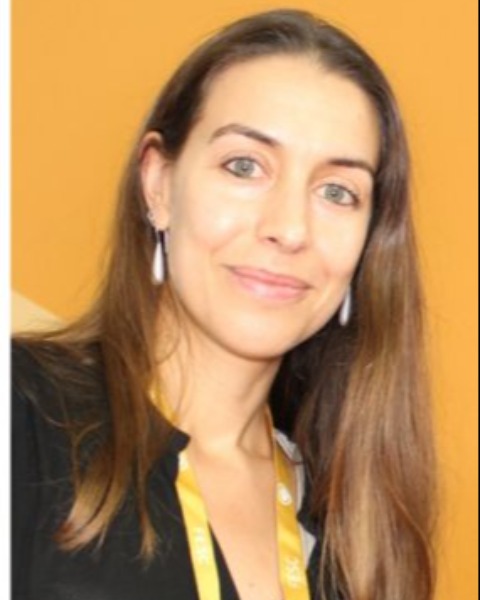Rapid Fire Abstracts
Phenotypic features on CMR in MYL2 founder mutation carriers (RF_FR_412)
- NS
Nicole Sturkenboom, MD
Cardiologist, PhD candidate
Antwerp University Hospital, Belgium - NS
Nicole Sturkenboom, MD
Cardiologist, PhD candidate
Antwerp University Hospital, Belgium - JS
Johan Saenen, MD, PhD
Senior staff member Department of Cardiology
Antwerp University Hospital, Belgium - EV
Emeline Van Craenenbroeck, MD, PhD
Senior Staff member Department of Cardiology
Antwerp University Hospital, Belgium - BL
Bart Loeys, MD, PhD
Head of Department, Department of Medical Genetics
Antwerp University Hospital, Belgium 
Caroline M. Van De Heyning, MD, PhD
Consultant cardiologist
Antwerp University Hospital, Belgium
Presenting Author(s)
Primary Author(s)
Co-Author(s)
Methods:
We aimed to describe the phenotypic spectrum of MYL 2 founder mutation carriers using CMR. We performed a retrospective analysis of all cases with the MYL2 c.64G > A [p.(Glu22Lys)] founder mutation followed at our tertiary high-volume cardiomyopathy clinic. We collected demographic, clinical and imaging data from patients with available CMR.
Results: In total, 23 MYL 2 founder mutation carriers (59±17 years, 57% women, LVEF 63±13%) were identified with available CMR data. CMR showed a HCM phenotype in 15 (65%) patients, an arrhythmogenic cardiomyopathy (ACM) phenotype in 1 (4%), a dilated cardiomyopathy phenotype in 1 (4%) an no abnormalities in 6 (26%) patients. In patients with HCM, 7 (47%) had concomitant arterial hypertension and the septum was thicker than the posterior wall in all cases (18±3mm vs 9±3mm, p< 0.0001). LGE was present in 10 (43%) patients, most commonly at the hinge points (n=7, 30%), while 3 (13%) patients had mid-wall LGE at the septum, 1 (4%) mid-wall LGE of the inferolateral wall and 1 transmural LGE of the inferolateral wall (in the absence of coronary artery disease). 5 patients experienced significant ventricular arrhythmia (1 patient sudden cardiac death, 1 patient ventricular fibrillation, 1 patients ventricular tachycardia, and 2 patients NSVT), all presenting with cardiomyopathy on CMR (4 HCM, 1 ACM) and 3 out of 5 with LGE.
Conclusion: Patients with the MYL2 c.64G > A mutation may present with various cardiomyopathy phenotypes and LGE patterns, although most commonly an asymmetric septal HCM phenotype is observed with LGE at the hinge points. Significant ventricular arrhythmia was only seen in patients with cardiomyopathy, with or without LGE, although larger studies are needed to confirm this observation.

